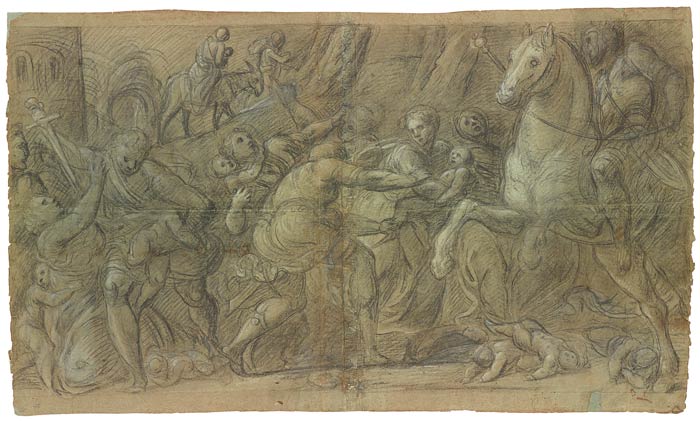
Lattanzio Gambara (1530–1574), Massacre of the Innocents
, 1567–71, Black and white chalk; incised with stylus, on two pieces of blue paper, faded to gray green, Gift of Janos Scholz, 1980
, 1980.6
Plan your visit. 225 Madison Avenue at 36th Street, New York, NY 10016.
Plan your visit. 225 Madison Avenue at 36th Street, New York, NY 10016.
